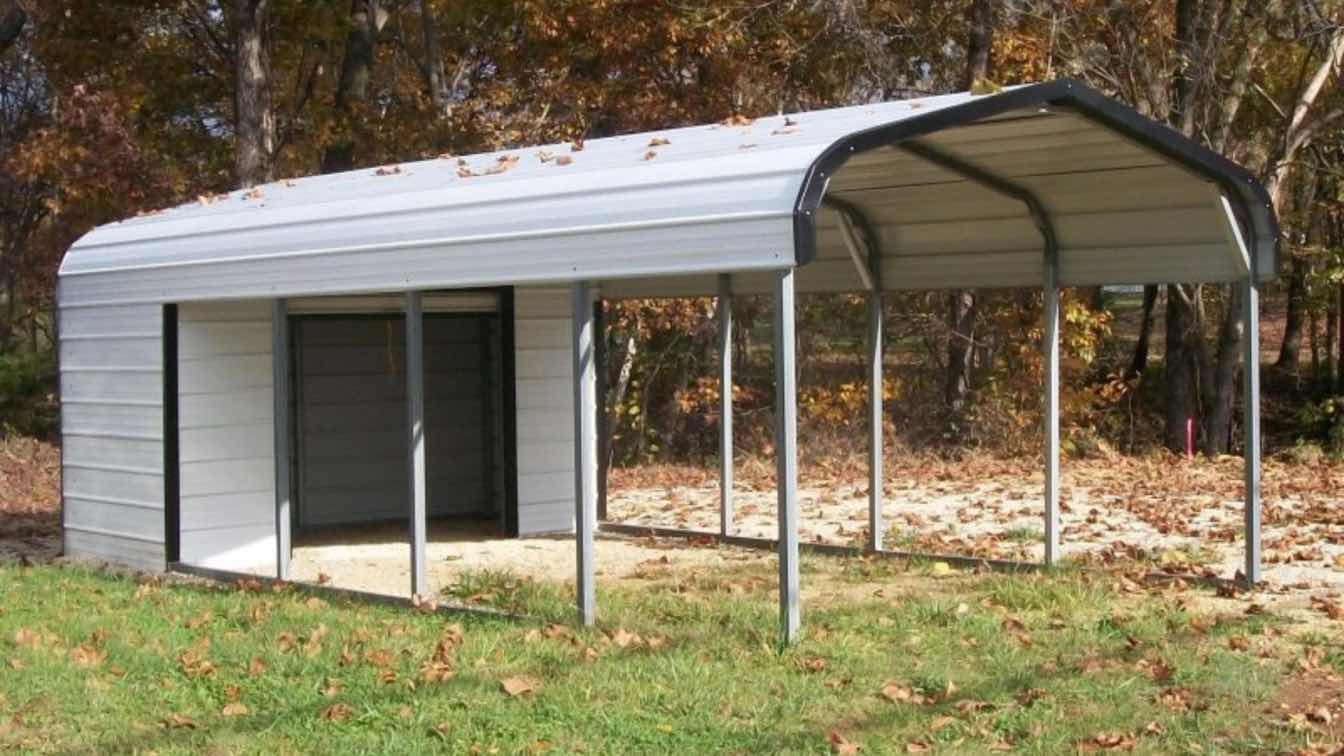The synergy of form and function in exploring furniture within modern architecture is a fascinating journey into the world of design. It necessitates the incorporation of looks and practicality, resulting in creations that are both attractive and useful.
In this exploration, we will delve into four key aspects: quality materials, ergonomic design, innovative technology, and sustainable practices. Each plays a vital role in shaping our understanding and appreciation of furniture in modern architecture.
Quality materials contribute significantly to both durability and aesthetic appeal. Ergonomic design ensures comfort while also enhancing functionality. Innovative technology introduces novel solutions to age-old challenges, while sustainable practices ensure that our love for beauty doesn't compromise the health of our planet.
Join us on this enlightening journey as we further explore the synergy of form and function in furniture within modern architecture.
1. Quality Materials
Quality materials are at the heart of exquisite furniture design. They serve as the foundation of pieces that do not only catch the eye but also stand the test of time. These materials can define the style, durability, and overall functionality of the furniture. Whether it's the rich grain of hardwood, the sleek appeal of metal, or the crystal clarity of glass, each material brings something unique to the table.
Similarly, with the rising concern for environmental health, the choice of eco-friendly materials reflects a commitment to sustainable living. A trend that has significantly influenced modern furniture design, inspiring creators to rethink their material choices and manufacturing processes.
Hardwood Furniture: Emblematic of durability and elegance, hardwoods like oak, maple, and cherry provide the backbone for sturdy and long-lasting furniture. Their natural grain patterns offer visual appeal and unique character, making every piece one-of-a-kind. Ideal for structurally demanding pieces such as dining tables and bookcases, hardwoods contribute an inviting warmth to any space.
Metal Furniture: Metal, especially stainless steel, projects a modern, industrial vibe. It's renowned for its durability, resistance to rust, and low maintenance needs. Sleek and streamlined, metal furniture is a popular choice for contemporary settings. For instance, Archic Furniture's luxury e-commerce store showcases a range of stainless steel kitchen appliances that embody style and functionality.
Glass Furnishings: The elegant and sophisticated appeal of glass furnishings can't be understated. Their reflective surfaces and clean lines can brighten up a room, making it appear more spacious. Glass-top coffee tables and mirrored cabinets are excellent examples that illustrate the minimalist yet chic potential of this material.
Eco-Friendly Materials: In our quest for sustainability, eco-friendly materials have gained prominence. Take bamboo, for example; it's a rapidly renewable resource that outperforms traditional wood in terms of growth speed and sustainability. As such, it's an environmentally-friendly alternative that does not compromise on aesthetic appeal or functionality. Dive deeper into bamboo sustainability facts to understand its profound impact on the furniture industry.
Investing in quality materials for your furniture is not only a commitment to durability and aesthetics but also a testament to your appreciation for responsible design and sustainable practices. Each material, in its unique way, enhances the synergy of form and function in modern architecture.
2. Ergonomic Design
Furniture design has undergone a great transformation over time, with ergonomic principles now at the forefront. Ergonomics is the science of designing products to fit the people who use them. Furniture should not only look good but also support our bodies and complement our movements.
Ergonomic design enhances comfort and functionality by considering human anatomy, movement patterns, and how we interact with our environment. The goal is to create pieces that minimize strain on the body while maximizing efficiency.
Chairs: A well-designed chair should support your lower back, promote good posture, have adjustable height features, and offer sufficient cushioning for extended sitting.
Desks: An ergonomic desk should provide enough legroom and space for computer accessories while maintaining an upright position without straining your neck.
Beds: Need to consider factors like body weight distribution, spinal alignment, and personal sleeping positions for better sleep quality.
Apart from individual items like chairs or desks, there's a growing trend toward creating ergonomically friendly spaces. These are areas within homes where every piece of furniture works together harmoniously, ensuring maximum comfort while reducing potential health risks.
Incorporating ergonomics into modern architecture goes beyond physical well-being; it also considers cognitive aspects such as lighting conditions affecting mood and productivity, along with social considerations like privacy needs and collaborative spaces in open-plan offices or shared living areas at home.
3. Innovative Technology
In the world of furniture design, innovative technology plays a pivotal role in enhancing the user experience. From smart tables to adjustable beds, technological advancements are reshaping our living spaces and redefining comfort.
Smart Furniture
The concept of smart furniture is gaining momentum in the industry. These pieces not only serve their traditional functions but also incorporate advanced features such as wireless charging ports, built-in speakers, or even health monitoring systems.
Tech-Enhanced Comfort
Beyond smart capabilities, technology is also used to enhance comfort levels. Some recliners now come with heating elements for those chilly winter nights or massage functions for ultimate relaxation after a long day at work.
Sustainability Through Tech
Furniture manufacturers are leveraging technology to adopt sustainable practices and reduce their environmental impact. This includes using biodegradable materials, energy-efficient production methods, and recycling initiatives that give old furniture new life.
Digital Customization Options
No longer do shoppers have to take what is available in stores; they can now customize their own items online. Today's tech-savvy consumers can customize their own pieces online - choosing everything from size and shape to fabric type and color scheme - before placing an order with just a few clicks. This digital customization trend has been made possible thanks to advancements in augmented reality (AR) technologies, which allow users to visualize how different options would look in their homes before making a purchase decision.
Note: While this level of personalization may seem futuristic now, it's quickly becoming the norm - so don't be surprised if your next piece of furniture comes straight out of your imagination.
4. Sustainable Practices
In the modern world, sustainability is more than just a buzzword; it's an essential part of how we live and interact with our environment. The furniture industry is getting on board with sustainable practices to reduce its environmental impact and contribute to a healthier planet.
Sourcing Sustainable Materials
Furniture manufacturers are now sourcing materials that are renewable or recycled, reducing the demand for new resources and minimizing waste. Some companies use Forest Stewardship Council (FSC) certified wood, ensuring responsible forest management.
Eco-friendly Manufacturing Processes
Manufacturers are also focusing on eco-friendly manufacturing processes. They're reducing energy consumption during production and using non-toxic finishes that won't harm the environment or your health.
Designing for Longevity
Sustainability means designing furniture that lasts longer, reducing the need for frequent replacements. High-quality construction techniques and timeless design aesthetics ensure these pieces can be enjoyed for generations.
The Role of Consumers
Consumers play a crucial role in promoting sustainable practices in the furniture industry, too. By choosing sustainably made products over cheaper alternatives, you're telling manufacturers what you want and pushing them towards greener solutions. Here are some ways you can live more sustainably at home.
The Future: A Greener Furniture Industry?
The adoption of sustainable practices by furniture manufacturers shows promise for a greener future in this sector. However, there's still work to be done as industries worldwide strive to balance economic growth with ecological responsibility.
"The greatest threat to our planet is thinking someone else will save it."- Robert Swan OBEWe all have roles to play - let's make ours count.
FAQs
What's the deal with form and function in architecture?
The relationship between form and function in architecture is like a match made in design heaven - they work together to create buildings that are both practical and pleasing to the eye.
Does 'form follows function' apply to modern and historic structures?
Yep, 'form follows function' is a timeless principle that ensures buildings, whether old or new, are designed with their purpose in mind.
Why is furniture design important in architecture?
Furniture design is the unsung hero of architecture, making spaces functional, comfortable, and oh-so-stylish.
For more information, check out this source.
What's the deal with modern furniture?
Modern furniture isn't just about sitting or storing stuff - it's about creating a visually stunning environment that reflects your personal style.





